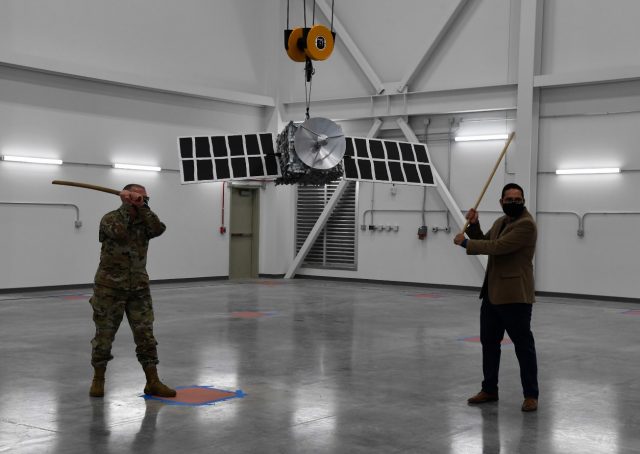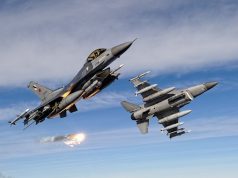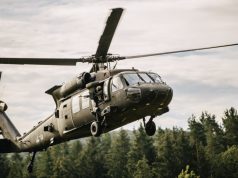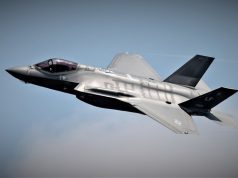
The US Air Force’s Research Laboratory Space Vehicles Directorate has held a ribbon-cutting ceremony to open the Deployable Structures Laboratory, or DeSel, for short.
The facility will be used for the testing of novel deployable space structures and will allow scientists and engineers to continue the work on spacecraft structure materials.
Construction of the $4 million, 7,000+ square foot laboratory began at Kirtland Air Force Base, New Mexico, in December 2019.
“With the push toward hybrid architecture and smaller satellites, high packing efficiency structures and the ability to bring large satellite capability to small satellites is more important than ever,” Benjamin Urioste, research engineer and lead for the Integrated Structural Systems team that will be performing the research in the DeSel.
“This new class of high strain composite enabled structures requires new ground test facilities,” said Urioste. “Satellite deployments are nerve-wracking, one-shot endeavors and the high-fidelity ground testing that will take place in the DeSel is critical to ensuring on-orbit success.”
Urioste said the DeSel facility is capable of testing 20 meter x 15 meter (65.7 ft. x 49.2 ft.) structures in a secure, climate-controlled, vibration isolated laboratory. He elaborated that specialized equipment will be used to analyze the precision and repeatability of spacecraft structure deployments.
“The structures made possible by high strain composites will enable new mission paradigms for the US Space Force,” said Mark Roverse, the Spacecraft Technologies Division Chief. “AFRL has led development of high strain composites for deployed spacecraft structures, and we are excited to see the new mission capabilities that are being enabled.”
“Some of the first structures that we look forward to testing in this new lab are those required for our Space Solar Power Incremental Demonstration and Research (SSPIDR) project, one of our top priority programs,” Col. Eric Felt, the director of the Space Vehicles Directorate said. “SSPIDR is a system that will collect solar energy in space, convert it to radio frequency, and beam it to forward operating bases.”


























